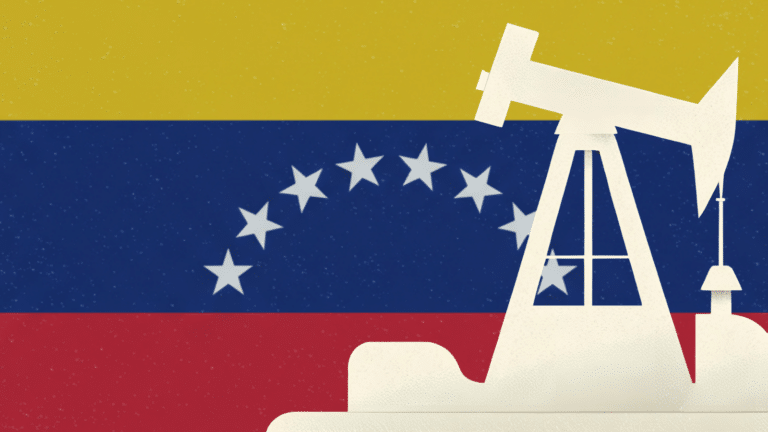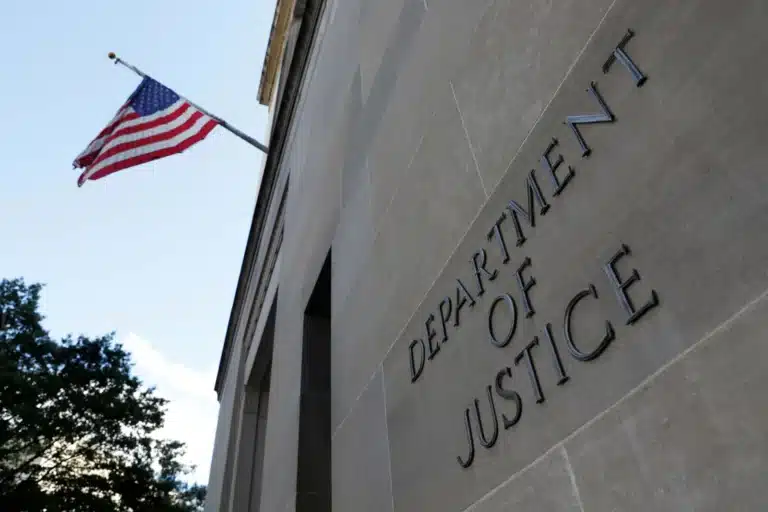China Halts U.S. LNG Imports Amid Tariff War
China has ceased importing liquefied natural gas from the United States since early February, as the ongoing tariff war impacts energy trade.
Current Access Level “I” – ID Only: CUID holders, alumni, and approved guests only
Commentary by Richard Nephew • July 14, 2015
Today saw the announcement of a nuclear deal between Iran and the P5+1. Below please find thoughts and commentary from Center Fellow and Program Director Richard Nephew, the former Principal Deputy Coordinator for Sanctions Policy at the Department of State and lead sanctions expert for the U.S. team negotiating with Iran. The full piece can also be found here (PDF).
For related information we invite you to visit our program on Economic Statecraft, Sanctions and Energy Markets.
***
Key Points
Overview
The announcement today that a deal has been reached between Iran and the members of the P5+1 (China, France, Germany, Russia, the United Kingdom and the United States, coordinated by the EU) should not only be a cause for celebration, but also for careful and thoughtful analysis as to both the near-term and long-term implications of the agreement, not least for its ramifications for global energy markets.
Celebration because, after 13 years of diplomatic intrigue, sanctions and nuclear brinksmanship, an extended arrangement for restricting and monitoring Iran’s nuclear program has been reached. The gains of the Joint Plan of Action (JPOA), negotiated largely in secret but agreed with great fanfare in November 2013, have not only been cemented but also deepened with real cuts in Iran’s operating nuclear facilities. These include permanent (or near-enough) modifications to its plutonium production reactor at Arak, and more intrusive and long-term monitoring of Iran’s nuclear facilities, materials and procurement activities. This agreement is not ideal but it will achieve the objective of preventing Iran from having a near-term breakout capability for nuclear weapons and ensuring that any such attempt is quickly detected. For these reasons, it is a material and undeniable improvement over the status quo.
This victory comes with costs. As an august list of former senior US government advisors and officials made clear two weeks ago, this arrangement “will not prevent Iran from having a nuclear weapons capability.” However, that battle was lost before President Obama took office, if one defines success as completely eliminating Iran’s ability to enrich uranium using centrifuges (a definition that skeptics of the deal have loosely adopted in their condemnation of Obama’s failure to convince Iran to suspend enrichment). As Iran did not agree to surrender its nuclear program, the challenge of dealing with its inherent capabilities may again return in the future. Moreover, Iran will now receive relief from the sanctions that have brought its economy into dire straits. This relief will give it an opportunity to expand its influence in the Middle East and to become more resilient to future sanctions pressure. But, relief will also increase Iran’s stakes in the global economy, creating exposure for possible future leverage. Additionally, any advantage Iran gains in the region can be overcome through greater use of resources by the United States and its partners and through more careful strategic vision. This deal creates challenges, but it does not signal an inevitable Iranian rise and a US decline in influence in the region.
More examination of the nuclear deal is warranted to give adequate analysis of its global implications. Snap judgments (such as this one) need to be followed by more diligent work in the weeks ahead. But, beyond these global implications, there are both short-term and long-term implications of the nuclear deal for energy markets that can already be identified.
Short-term implications
The nuclear deal with Tehran has raised expectations that new Iranian oil would be available immediately and that opportunities for foreign investment would start the next day. As I have written throughout this year, this is not the case. A cursory review of the extensive nuclear text indicates that it will be easily 6 months before sanctions relief will be manifest, for a few reasons.
First, the agreement involves an extensive procedure for ascertaining the support of home legislative and other legal bodies for it. In the US system, this will take at least 30-60 days as Congress will need to receive the text of the deal, hold hearings on it, and decide what to do. Congress will almost certainly pass a joint resolution of disapproval of the deal, but be incapable of overriding President Obama’s veto of it. So, the deal will be implemented, in the end, after some political posturing has taken place. These steps will need to take place before anyone even begins to prepare in truth for implementation.
Second, the implementation will itself take months. Iran’s list of nuclear steps is long, as is appropriate considering they are the party in need of building the most confidence. I’ve noted for a long time that removal and storage of centrifuges will be the long-pole in the timing tent, and nothing in the text contradicts this. Based on the schedule in the document, all of this work will not even start until after 90 days from today (the end of October) and it will take months from that point to fully execute the remaining changes to Iran’s nuclear program. But, there is also a provision made for what will happen if it is not done on time; the schedule is dependent on how fast Iran can move. How Iran proceeds against this issue is a critical issue to watch.
Third, sanctions relief itself will not flow until these nuclear steps are completed. There will be meetings and business trips by trading companies, investment firms, and by oil companies and potentially even concluded contracts (if not signed until the deal comes into force). But, if these steps cross the sanctions line, the Obama Administration has made clear that it will be forced to act. Iran will not and cannot obtain relief without having completed its part of the bargain. Companies would be well advised to observe the deadlines and steer clear of provoking US reaction. There will be all the incentive in the world for the Obama Administration to act, if for no other reason than to demonstrate to Congress and Tehran that its resolve has not weakened. This resolve should not be tested.
Long-term
Assuming that implementation day arrives without too much delay or disruption, then deals will begin to flow, as will oil and money. No one knows how this will shape up, in the end. But, four thoughts guide my own analysis of the future:
Conclusion
I applaud the efforts of the negotiators to get this far. Iran is not an easy country with which to negotiate and the issues involved in these negotiations are among the toughest imaginable. They have achieved much. But, far more work is needed to sell the deal, ensure it is implemented and then deal with the repercussions. They should rest well, but quickly. Markets should be wary of overly optimistic estimates of Iranian oil production. And international energy companies, eager to invest in Iran’s formidable reserves, should perhaps be the most cautious.
***
Richard Nephew is the Program Director for Economic Statecraft, Sanctions and Energy Markets at the Center on Global Energy Policy. Prior to joining the Center in February 2015, Nephew served as Principal Deputy Coordinator for Sanctions Policy at the Department of State, a position he assumed in February 2013. Nephew also served as the lead sanctions expert for the U.S. team negotiating with Iran, and from May 2011 to January 2013, he was the Director for Iran on the National Security Staff where he was responsible for managing a period of intense expansion of US sanctions on Iran.
This Energy Explained post represents the research and views of the author. It does not necessarily represent the views of the Center on Global Energy Policy. The piece...

Trump’s abandonment of antibribery efforts will hurt—not help—U.S. companies.

This Energy Explained post represents the research and views of the author. It does not necessarily represent the views of the Center on Global Energy Policy. The piece...

Full report
Commentary by Richard Nephew • July 14, 2015